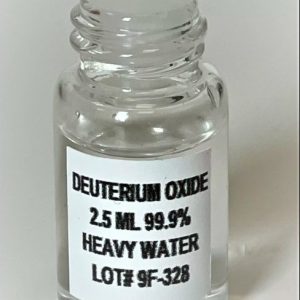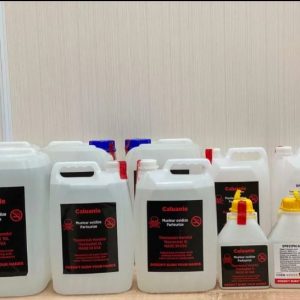Description
Lead nitrate, often found in a purity of 99%, is an inorganic compound with the chemical formula Pb(NO3)2. This crystalline, white solid is a notable chemical due to its unique properties and applications, but it also carries significant safety concerns that demand careful handling and awareness. Let’s delve deeper into this compound.
Chemical Properties of Lead Nitrate 99%
Lead nitrate is a heavy metal salt that is soluble in water, although its solubility decreases with temperature. This solubility is a key factor in its application in certain chemical processes. It is a strong oxidizing agent, meaning it readily accepts electrons. The 99% purity designation indicates that the compound is composed of 99% lead nitrate, with the remaining percentage typically being water or trace impurities.
Common Applications of Lead Nitrate
While not as widely used as it once was due to environmental and health concerns, lead nitrate still finds applications in several fields:
Pyrotechnics: Lead nitrate has historically been used as an oxidizer and colorant in fireworks and other pyrotechnic compositions. It imparts a red color to flames. However, regulations and the search for safer alternatives have greatly reduced its use in this area.
Mordanting and Dyeing: Lead nitrate was previously used as a mordant, helping dyes adhere to fabrics. This use is also largely replaced by less toxic alternatives.
Chemical Synthesis: In the laboratory, lead nitrate can serve as a source of lead ions (Pb2+) in various chemical reactions, such as the production of other lead compounds.
Photography: In the past, it was used in certain photographic processes, but its use in this sector has also declined due to its toxicity.
Mining: Lead nitrate can be employed in specific mining processes, but again, safer alternatives are frequently sought.
Laboratory Reagent: It remains a reagent in analytical chemistry for precipitation reactions and qualitative analysis.
Understanding the Risks: Safety Concerns
The most critical aspect of working with lead nitrate, especially at a high purity of 99%, is understanding its inherent toxicity. Lead is a heavy metal with cumulative toxic effects, and exposure to lead nitrate can pose serious health risks. Here’s a breakdown of the dangers:
Lead Poisoning: Lead is a neurotoxin that can affect the brain, nervous system, kidneys, and reproductive system. Even low levels of exposure, especially over long periods, can lead to lead poisoning symptoms such as headaches, fatigue, abdominal pain, and neurological damage.
Inhalation Hazard: Inhaling lead nitrate dust can deposit lead particles in the lungs, leading to direct absorption into the bloodstream and respiratory issues.
Ingestion Hazard: Swallowing lead nitrate can lead to severe poisoning.
Environmental Concerns: Lead is a persistent pollutant. Lead nitrate can leach into the soil and contaminate water sources, posing a risk to both terrestrial and aquatic life.
Responsible Handling and Safety Precautions
Due to the significant risks associated with lead nitrate, appropriate handling and safety precautions are essential. Here are some vital guidelines:
Personal Protective Equipment (PPE): Always wear appropriate PPE, including gloves, safety goggles, a lab coat, and a respirator if there is a risk of dust inhalation.
Ventilation: Work in a well-ventilated area, preferably under a fume hood, to minimize inhalation of lead nitrate dust.
Proper Storage: Store lead nitrate in a tightly sealed, labeled container in a cool, dry, and well-ventilated area, away from incompatible substances.
Disposal: Dispose of lead nitrate waste according to local, state, and federal regulations for hazardous materials. Never pour it down the drain.
First Aid: Know the proper first aid procedures in case of accidental exposure. Seek immediate medical attention if lead poisoning is suspected.
Training: Individuals working with lead nitrate should undergo proper training on its hazards and safe handling procedures.
The Shift Towards Alternatives
The growing awareness of lead’s toxicity and environmental impact has led to a substantial decrease in the use of lead nitrate across numerous industries. Researchers and industries are actively seeking and implementing safer and more environmentally friendly alternatives.
Conclusion
Lead Nitrate 99% is a compound with specific chemical properties that have made it valuable in various applications. However, its high toxicity and cumulative health risks cannot be overlooked. Responsible handling, strict safety measures, and a conscious shift towards safer alternatives are crucial for protecting human health and the environment. Understanding the properties, applications, and the dangers of lead nitrate is essential for anyone working with or encountering this substance. It’s a potent reminder that scientific progress must always be balanced with ethical and environmental responsibility.





Reviews
There are no reviews yet.